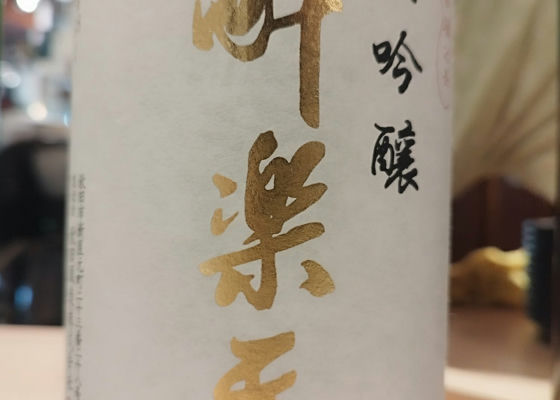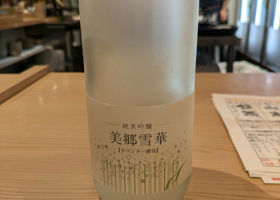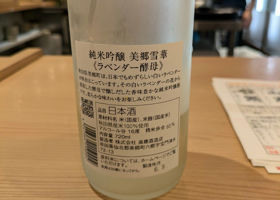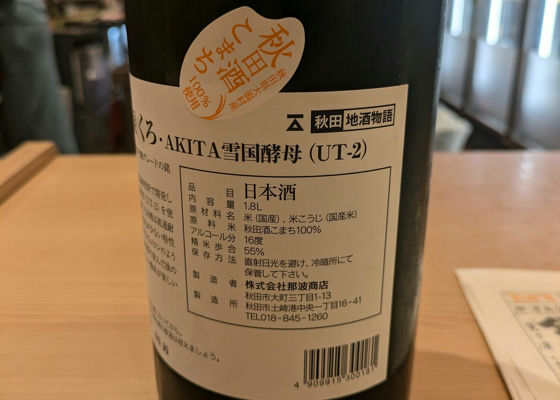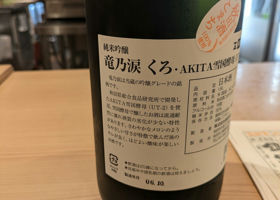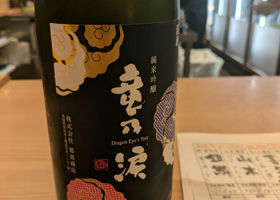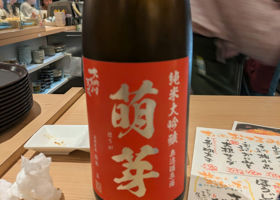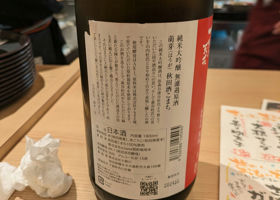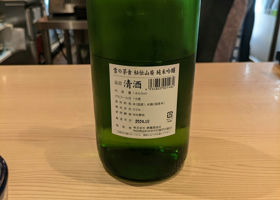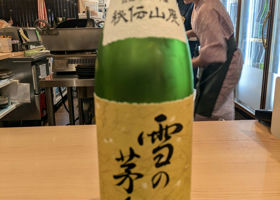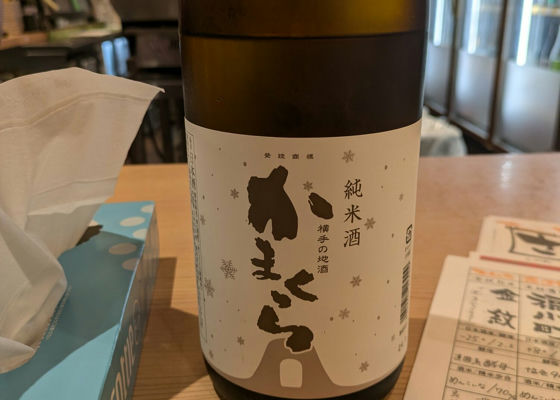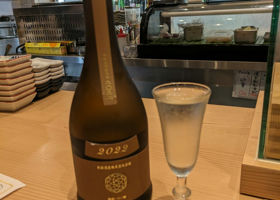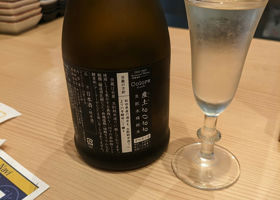Timeline
toudokougenMellow and soft on the palate, with sweetness and acidity spreading out and then slipping away. It is an easy-drinking sake with little bitterness. しょうJunmai Ginjyo Nama-Shu made with Yamadanishiki
The taste is clean and refreshing, with a fruity sweetness.
However, it is not too sweet and leaves a slight bitterness in the aftertaste.
It is an easy-drinking, well-balanced sake. しょうEven though I live in Akita, I don't see this sake very often.
It is a delicious sake with a refreshing, sweet and fruity taste.
It is made with lavender yeast, which is extracted from the rare white lavenders that grow in Misato-machi, Akita.
Anyway, it is delicious. しょうIt has a fruity aroma and sweetness with a refreshing taste. It is also sharp and easy to drink.
The use of Akita's Yukiguni yeast made me think that this sake is rooted in the local area. しょうIt has a clear, refreshing taste.
The aftertaste is also refreshing and easy to drink. しょうIt has a refreshing taste but fruity aroma and sweetness.
Easy to drink and delicious sake. しょうSweetness is felt from the beginning of drinking.
It is not fruity, but a delicious taste of sake.
Well-balanced sake with a lingering aftertaste. しょうVery refreshing to drink.
It has a sweetness, but the aftertaste is sharp and easy to drink.
Delicious with strong dishes. しょうIt is clean and dry, but also tastes umami.
It leaves a bitter aftertaste.
Easy to drink. しょうVery refreshing and dry.
Easy to drink with a distinctive bitterness.
A delicious sake that can be served with food. しょうChampagne-like shwashiness and fruity aroma.
The aftertaste is firm and finishes like a Japanese sake. しょうThe mouthfeel is clean and fruity.
The aftertaste is typical of Japanese sake, with a hint of bitterness.
There is also a subtle shwashiness. しょうIt is dry and very drinkable.
It has a sharp aftertaste and is very much a sake. しょうIt is relatively dry and pleasant to drink.
The aftertaste is sharp with a hint of sweetness. しょうClear and unctuous taste
Aftertaste is sharp. しょうVery peculiar with a sake degree of 22.
Enjoy the rich flavor. しょうFairly sweet and easy to drink.
It has a strong drinkability.
Goes well with pickles and other salty foods しょうIt's refreshing, but leaves a drinkable spiciness.
There is also a hint of sweetness. しょうSlight sweetness in a refreshing taste is just right.
There is a sharp aftertaste as well. しょうThe taste is clean and refreshing, with a spiciness that lingers.
Slightly habitual aroma RecommendedContentsSectionView.title
